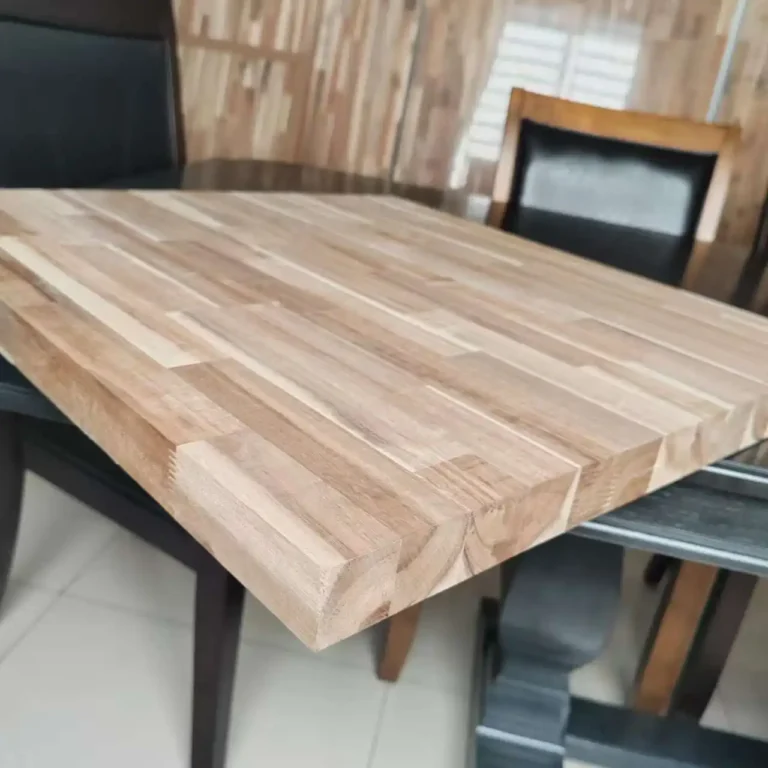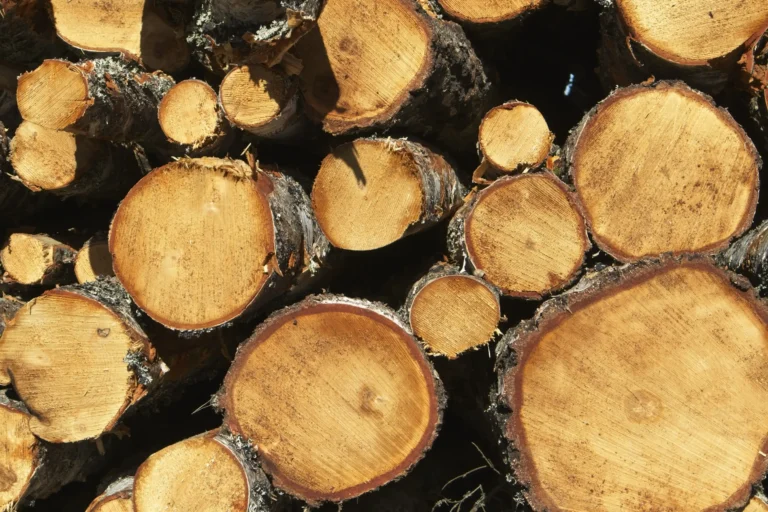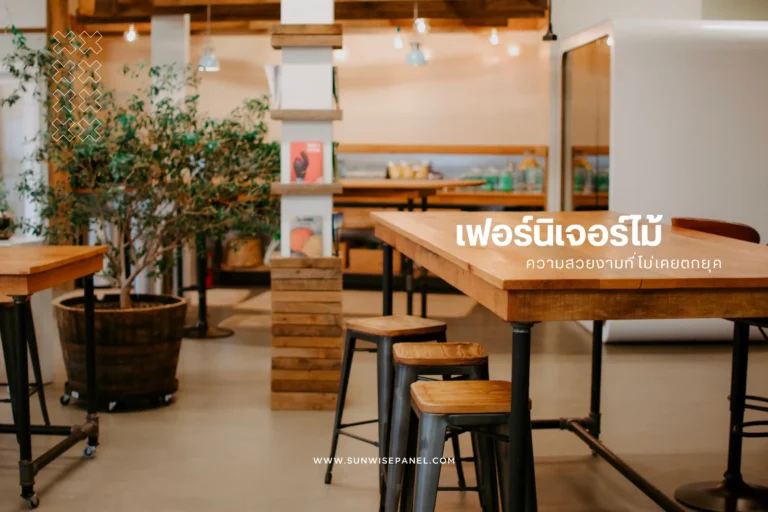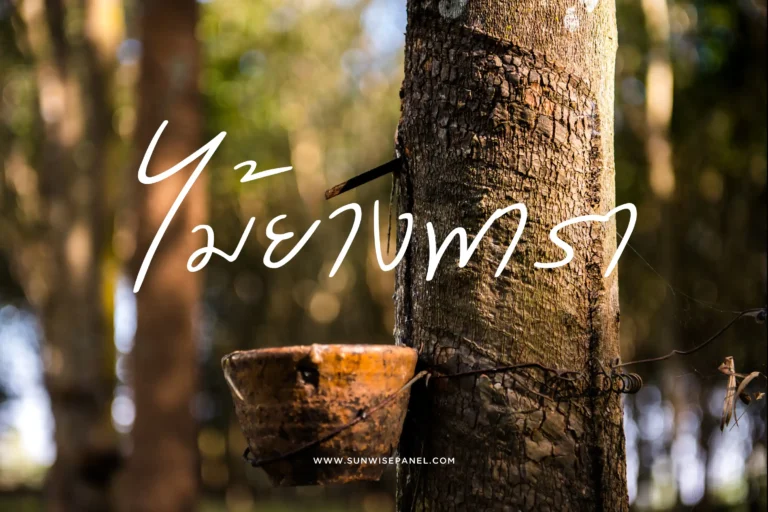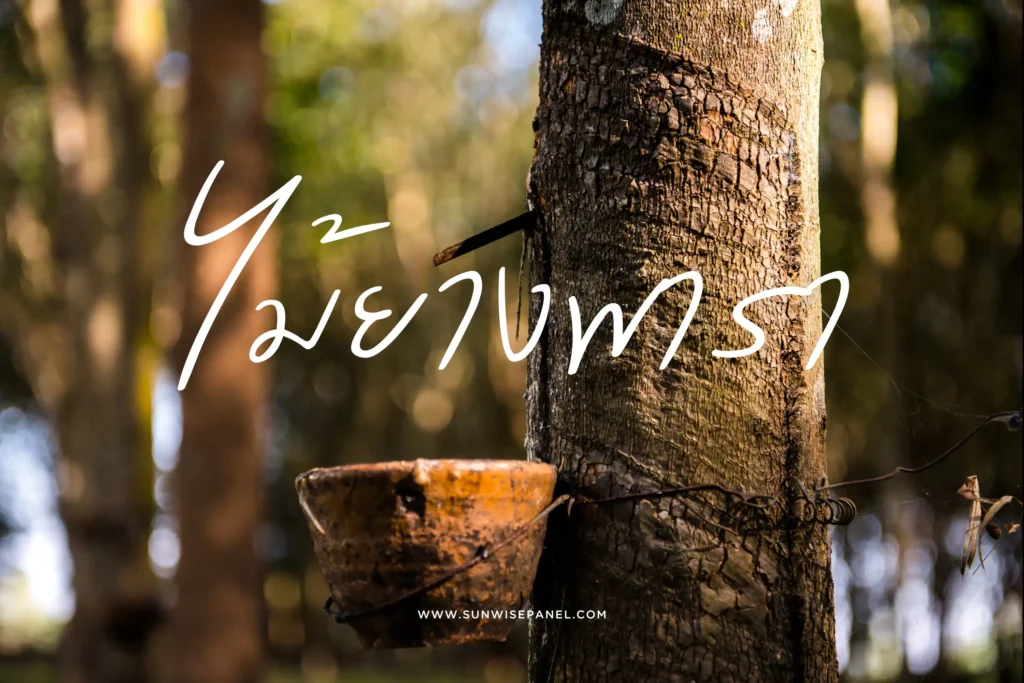
Rubberwood is a valuable natural resource across various industries, including construction, furniture, and the production of eco-friendly products. Sourced from the rubber tree (Hevea brasiliensis), which is widely cultivated in Thailand, this type of wood offers numerous advantages. This article explores the properties of rubberwood, its many benefits, and its diverse applications in different industries.
Table of Contents
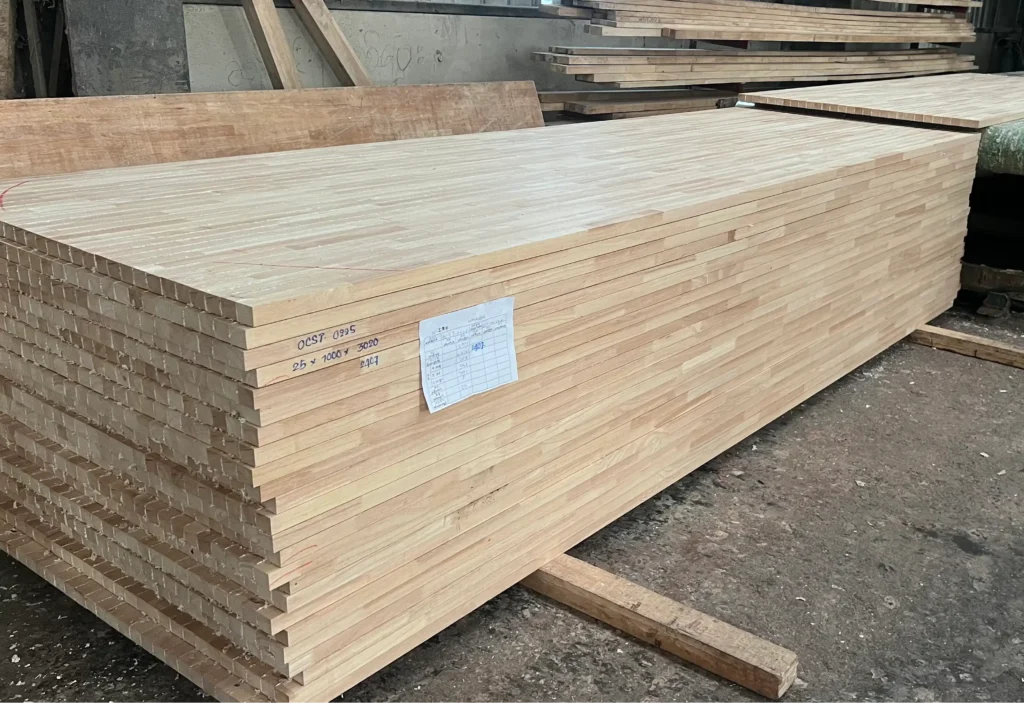
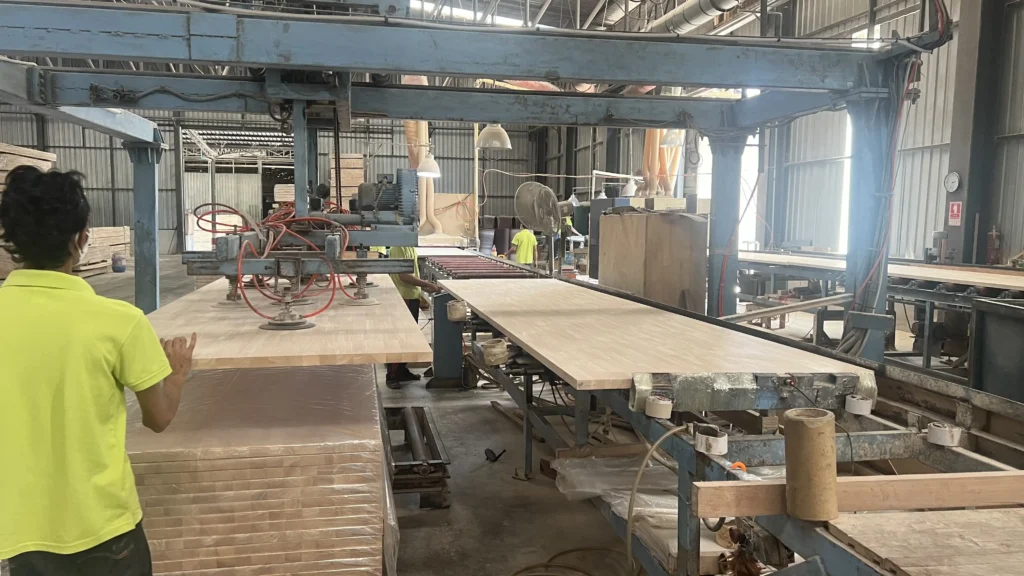
Properties of Rubberwood
- Strong Wood Structure
Rubberwood has moderate strength, making it suitable for furniture production and light construction work. - Beautiful Color and Grain
Rubberwood typically has a light tone, such as creamy white or pale yellow, with simple yet natural grain patterns. - Ease of Processing
Its ease of cutting, shaping, and finishing makes rubberwood a favorite material for woodworking projects. - Long Lifespan
When kiln-dried and treated with anti-termite solutions, rubberwood becomes durable and long-lasting.
Benefits of Rubberwood
- Eco-Friendly
Since rubber trees are primarily cultivated for latex production, utilizing the leftover wood reduces resource wastage and promotes sustainability. - Cost-Effective
Rubberwood is more affordable compared to other types of wood, such as teak or hardwood. - Ideal for the Furniture Industry
With its simple yet attractive characteristics, rubberwood is a preferred choice for making furniture like tables, chairs, and cabinets. - Versatile Applications
Rubberwood can be used in the production of plywood, flooring, and various interior design elements.
Industrial Applications
- Furniture Industry
Rubberwood is a popular material for furniture manufacturing due to its lightweight, low cost, and ease of design customization. - Construction
It is used for light structural work, such as flooring and interior decoration. - Composite Wood and Plywood
Rubberwood is commonly processed into plywood or particleboard for decoration and furniture manufacturing. - Eco-Friendly Products
Examples include bamboo-rubberwood hybrid products or household items designed to reduce plastic usage.
Precautions When Using Rubberwood
- Termites and Insects : Rubberwood is prone to termite and insect damage if not properly kiln-dried or treated with protective coatings.
- Moisture Issues : Without adequate drying, rubberwood may warp or crack in high-humidity environments.
Caring for Rubberwood
- Surface Coating
Apply a wood coating solution to enhance durability and protect against scratches. - Regular Cleaning
Use a damp cloth to clean the surface and maintain the wood’s natural beauty. - Avoid High-Humidity Areas
Store rubberwood products in dry areas to prevent mold growth and damage.
Conclusion
Rubberwood is a versatile material suitable for various industries, especially furniture and interior decoration. Its eco-friendliness and affordability have made it a popular choice across the globe. With proper care and maintenance, rubberwood proves to be a cost-effective and aesthetically pleasing option for long-term use.
Contact us
- Facebook : Sunwise international CO.,LTD. โรงงานผลิตไม้ยางพาราประสาน
- Phone number
- 081-6096763 (Sales Department)
- 063-1939680 (International Sales Department)
- Instagram : sunwise.international
- Youtube : sunwise international
- Tiktok : sunwise.international
- LINE : @027fwqvv
- Website : www.sunwisepanel.com
- Map : Sunwise international CO.,LTD.
Post Views: 165
Related Articles
Load more


